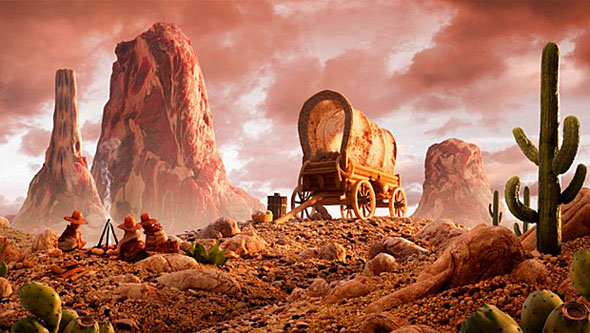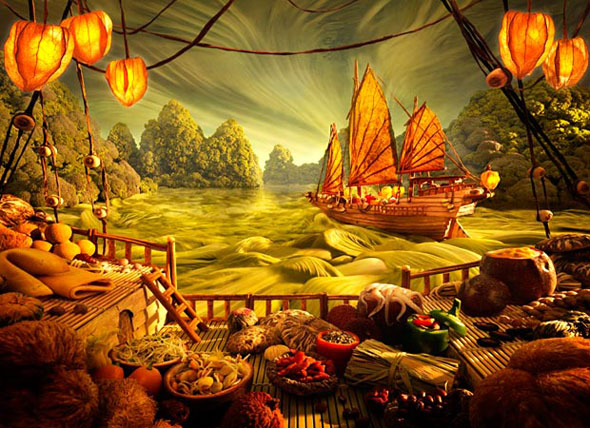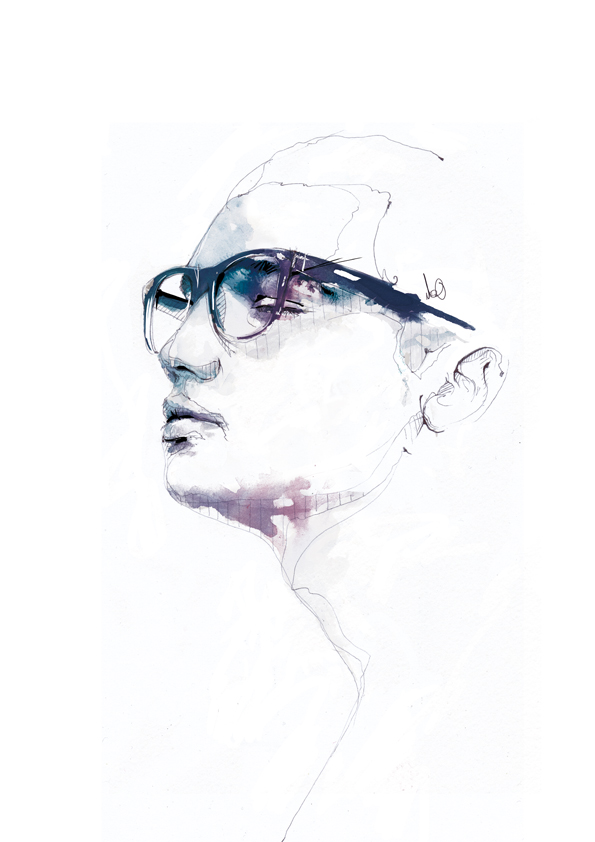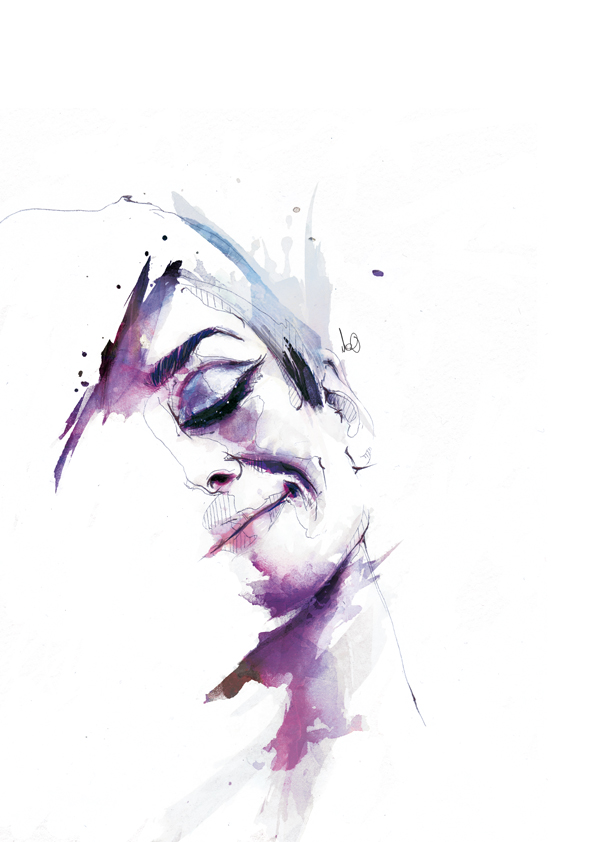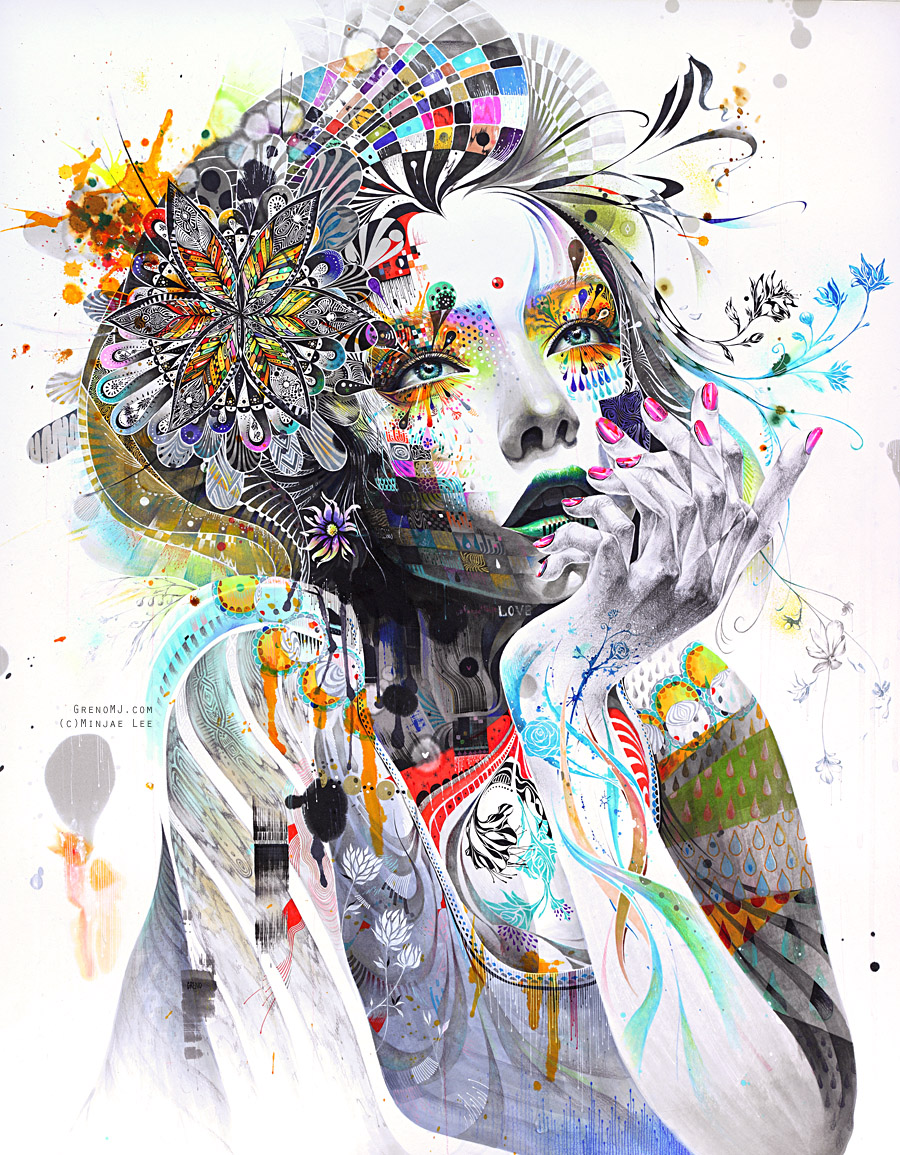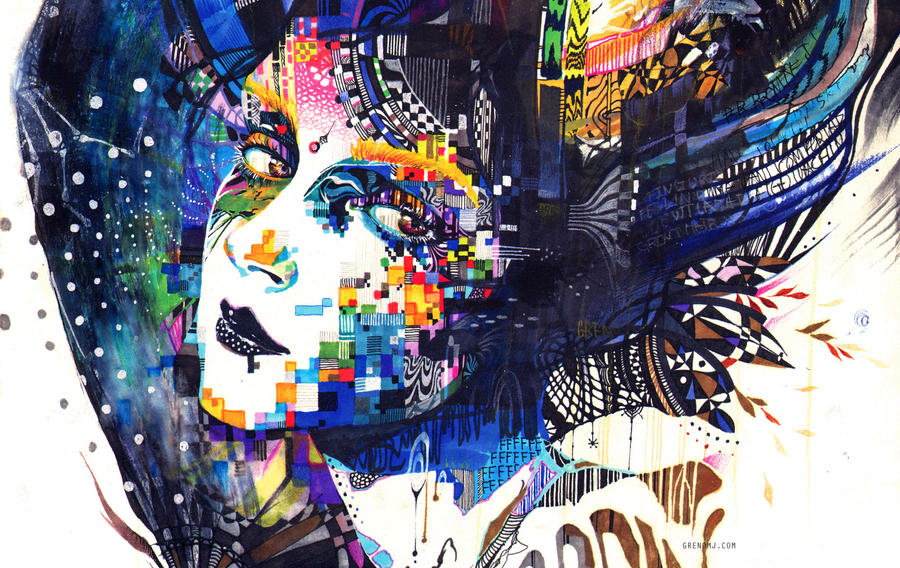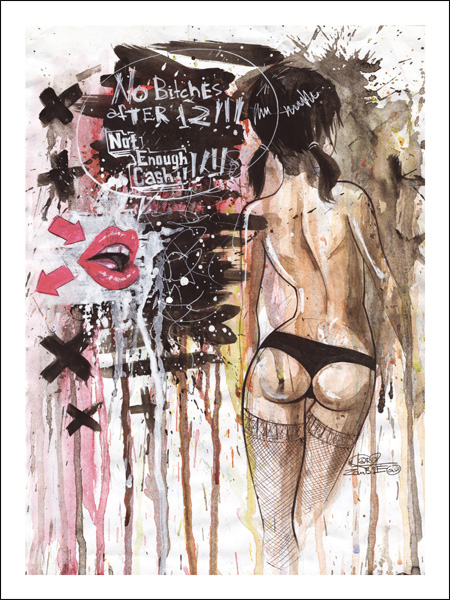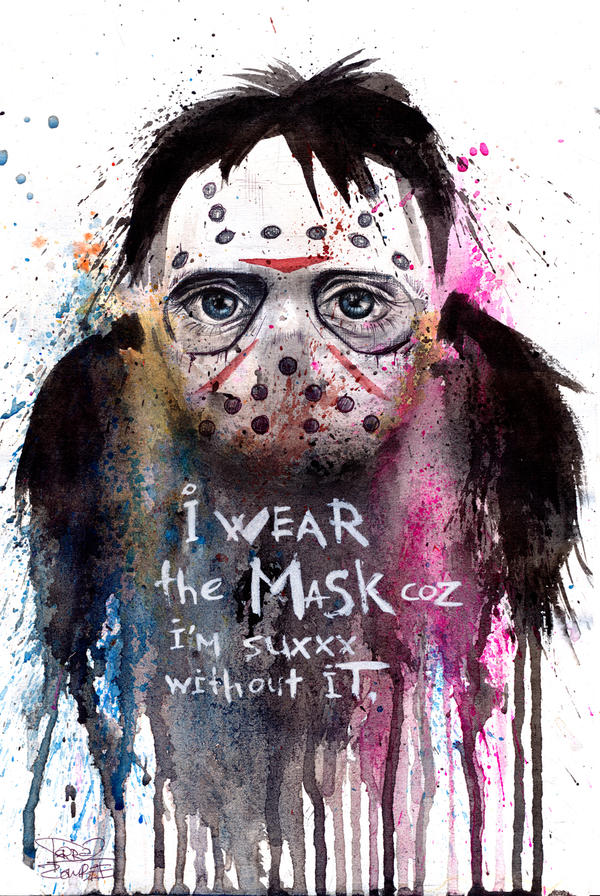In her performances, videos, textual works, photographs, and installations, Rosler confronts her audiences with political subjects and the role of the media, analyzing quotidian, domestic, and urban life from a feminist viewpoint not altogether devoid of humor. In her series, "Beauty Knows No Pain," or "Body Beautiful" (1965-74), she used techniques of collage to create a sense of unease with the ways in which women are portrayed. She has used this technique continuously, as in her well-known series of photomontages, "Bringing the War Home: House Beautiful," and "Bringing the War Home: In Vietnam" (1967-72).
This piece is commenting on the roles of women in the 1960s. It is boring and tedious to reflect the lives that housewives were expectedto live. A woman's role did not involve thought or further examination of her life. Rosler is throwing this in our faces! It’s so sarcastic and apparent



.jpg)




